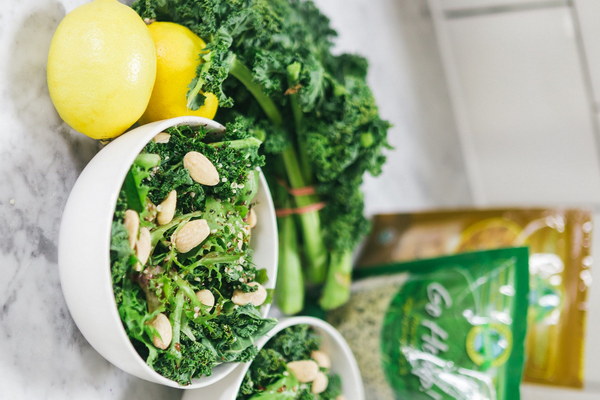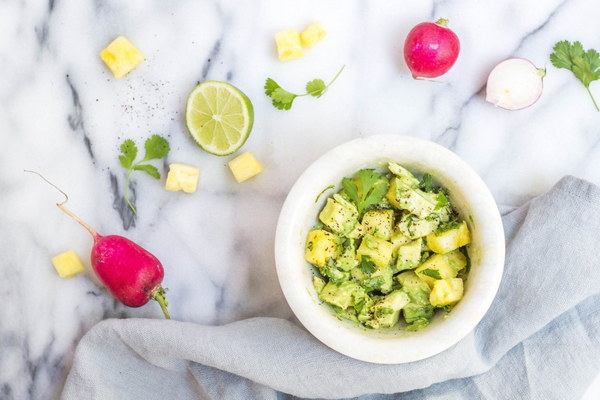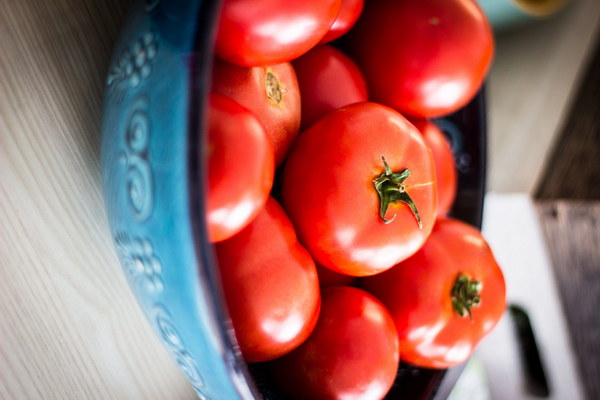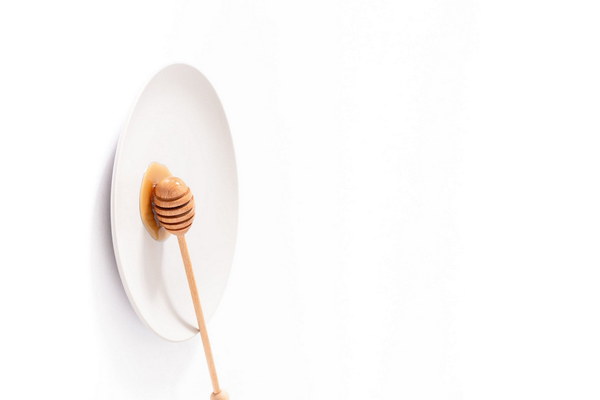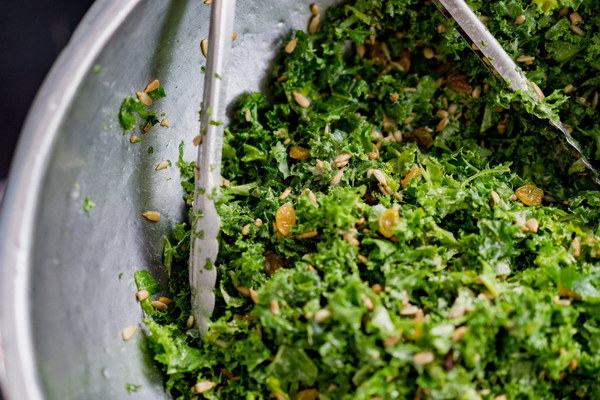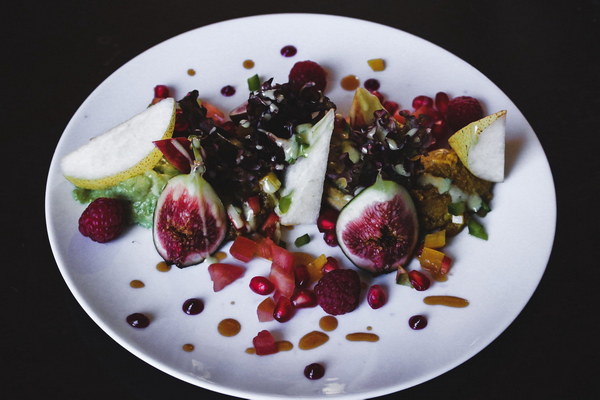Nature's Way to Wellness Traditional Chinese Medicine's Approach to Dampness Removal
In the realm of Traditional Chinese Medicine (TCM), the concept of dampness is a common condition that can lead to a variety of health issues. Dampness is believed to be an excess of dampness in the body, which can result from factors such as a poor diet, excessive moisture exposure, or a weak constitution. The removal of dampness is essential for maintaining balance and promoting overall health. Here's an in-depth look at the various methods used in TCM to combat dampness.

1. Diet and Nutrition
One of the primary methods of removing dampness in TCM is through diet and nutrition. Certain foods are believed to contribute to dampness, while others can help alleviate it. Foods to avoid include those that are cold, raw, and difficult to digest, such as ice cream, raw vegetables, and alcohol. Instead, focus on warm, cooked, and easily digestible foods like lean proteins, whole grains, and vegetables. Herbs like ginger, turmeric, and cinnamon can also be beneficial in warming the body and aiding in dampness removal.
2. Herbs and Supplements
TCM utilizes a wide array of herbs and supplements to address dampness. Some of the most commonly used include:
- Astragalus (Huang Qi): Known for its immune-boosting properties, Astragalus can help strengthen the body's resistance to dampness.
- Poria (Fu Ling): This herb is often used to drain dampness and relieve symptoms such as edema and fatigue.
- Atractylodes (Cang Zhu): Atractylodes is another herb that can help remove dampness and improve digestion.
- Bupleurum (Chai Hu): Bupleurum can help regulate the liver and gallbladder, which play a role in dampness management.
3. Acupuncture
Acupuncture is a key component of TCM and can be used to address dampness by balancing the body's energy (Qi) and promoting the flow of fluids. Specific points are selected based on individual symptoms and the underlying root cause of dampness. Common points used in dampness treatment include:
- GB34: This point is located on the lateral aspect of the lower leg and is known for its dampness-drying properties.
- ST36: Located on the anterior aspect of the lower leg, this point is often used to regulate the spleen and stomach, which play a role in dampness accumulation.
- BL20: Situated on the lower back, this point can help drain dampness and relieve symptoms like edema and fatigue.
4. Cupping
Cupping is another TCM technique that can be used to remove dampness. This method involves placing cups on the skin, which creates suction and helps to draw out toxins and excess fluids from the body. Cupping is often used in conjunction with acupuncture and herbal treatments for optimal results.
5. Lifestyle Adjustments
In addition to the above methods, making lifestyle adjustments can also help remove dampness. These include:
- Regular exercise: Physical activity helps to promote the circulation of Qi and fluid in the body, aiding in the removal of dampness.
- Avoiding excessive moisture: Reduce exposure to damp environments, such as damp basements or rooms with high humidity.
- Adequate sleep: Ensuring enough rest can help maintain a healthy balance of Qi and fluids in the body.
- Stress management: Stress can weaken the body's resistance to dampness, so finding effective stress-reduction techniques is essential.
In conclusion, Traditional Chinese Medicine offers a comprehensive approach to removing dampness and promoting overall health. By focusing on diet, herbal treatments, acupuncture, cupping, and lifestyle adjustments, individuals can effectively address dampness and enjoy a more balanced and vibrant life.
